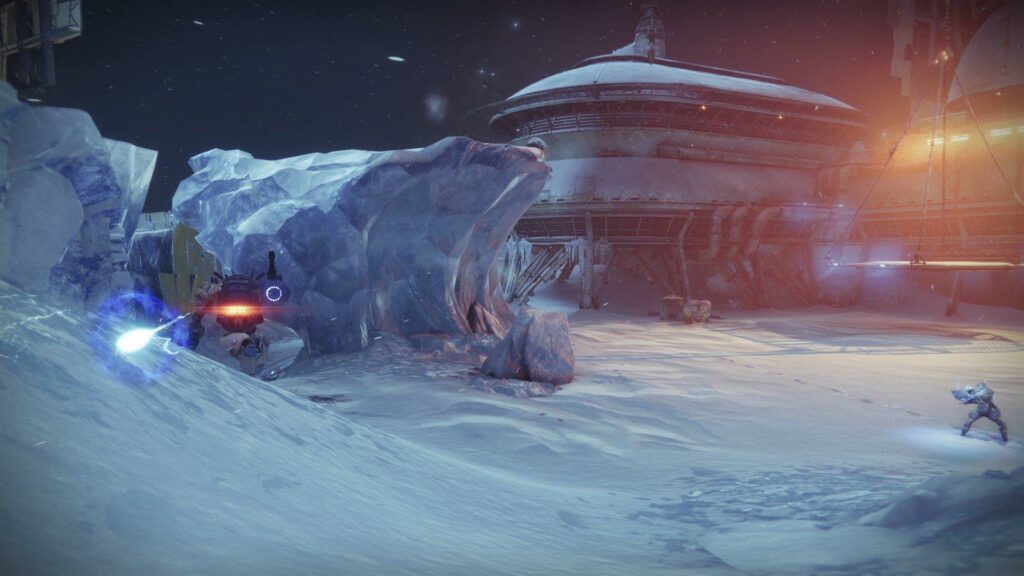NEW YORK (CNS) — “Destiny 2: Beyond Light” (Bungie) is the fifth expansion of a title originally released in 2017. It takes players to a fictional version of Europa, Jupiter’s icy moon, where a rising enemy awaits.
Gamers play as Guardians, people who died many years ago but were brought back to life by the Traveler, a large, mysterious sphere that also grants them special abilities. Guardians are tasked with using these gifts to protect the Last City, humanity’s sole remaining stronghold.
Opposing the Guardians is Eramis, leader of one of the factions of an alien species called Fallen. Long ago abandoned by the Traveler, Eramis plots to destroy it in revenge. To achieve this goal, Eramis wields a power called “stasis” that she received from the Pyramid — an entity just as cryptic as the Traveler.
Players employ futuristic weapons and special powers called supers to battle bands of enemy aliens. The resulting violence is restrained, though when a character is injured, flecks of red appear on the screen.
Refreshingly, dialogue is mostly clean with only one or two instances of vulgar language. Parents should be aware, however, that young gamers can be exposed to unsavory behavior from others through in-game chat.
On the other hand, the option to pair up in the campaign or in competitive player-vs-player (PVP) activities reinforces the spirit of team building and community the “Destiny” franchise encourages. For teens stuck at home due to the pandemic, team-focused games can be an outlet for safe and healthy socialization.
The Traveler’s powers are known as the Light whereas the Pyramid’s abilities are called Darkness. However, this should not be taken as a straightforward allegory for good and evil. The closer analogy would be with the Taoist philosophical concept of yin and yang — contrary forces that nonetheless can be complementary.
Such duality is alien to a Christian worldview, of course. Yet here it’s presented in a sci-fi context sufficiently distant from reality that such ideas are unlikely to make any kind of lasting impression on teen or grown players.
The theme of resurrection, on the other hand, strongly suggests that the imaginations of the narrative designers were influenced — whether consciously or otherwise — by at least some aspects of the creed.
While the Traveler is not portrayed as in any way a replacement for God, it can plausibly be seen as an instrument of divine providence. The fact that the price of the widespread return to life the Traveler bestows is an act of self-sacrifice represents another point of congruence with the Gospel story.
Playable on PlayStation 4, PlayStation 5, Xbox One, Xbox Series X/S, Google Stadia and Windows PC.
The game contains frequent stylized combat with mild blood effects and occasional crass language. The Catholic News Service classification is A-II — adults and adolescents. The Entertainment Software Rating Board rating is T — teen.

